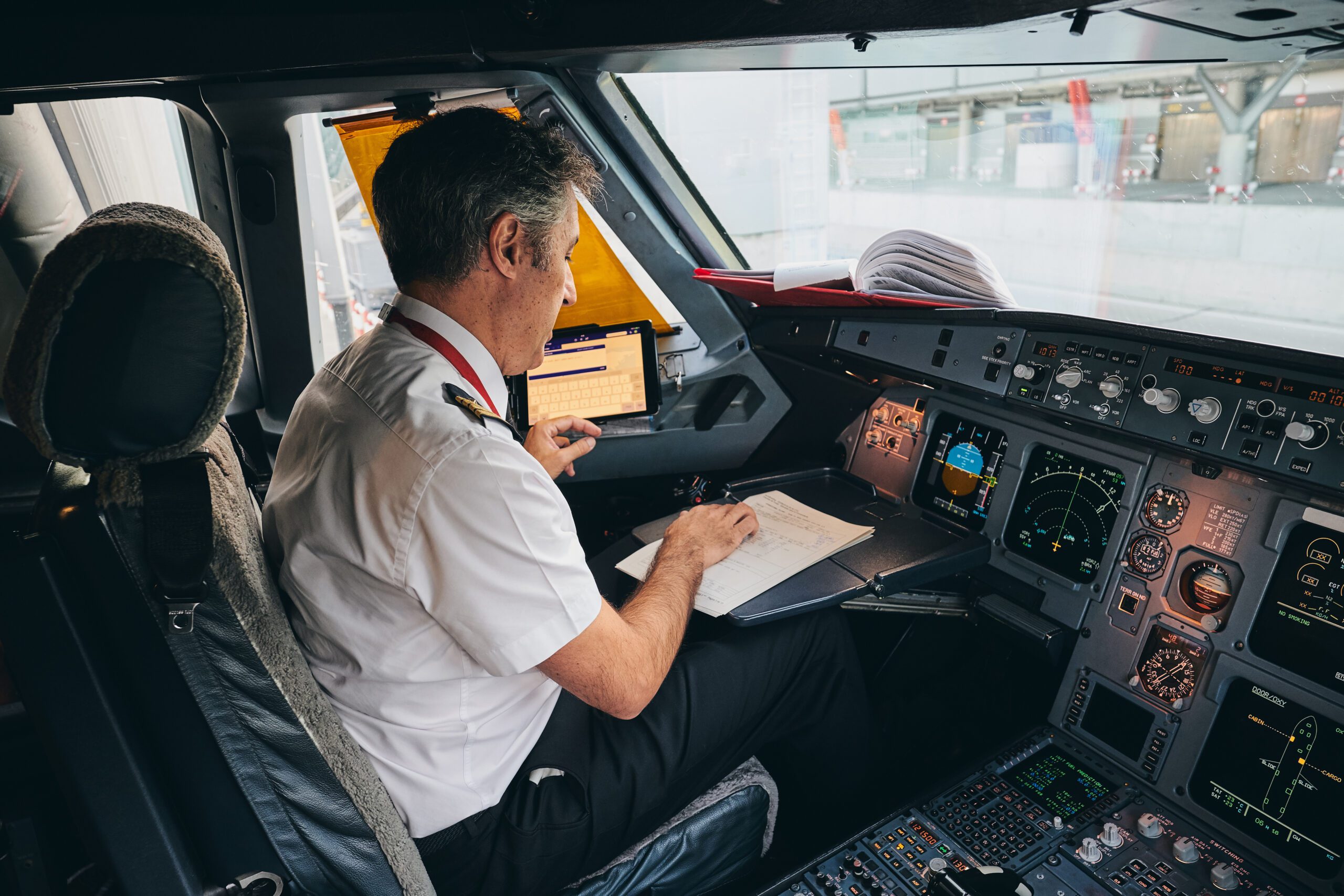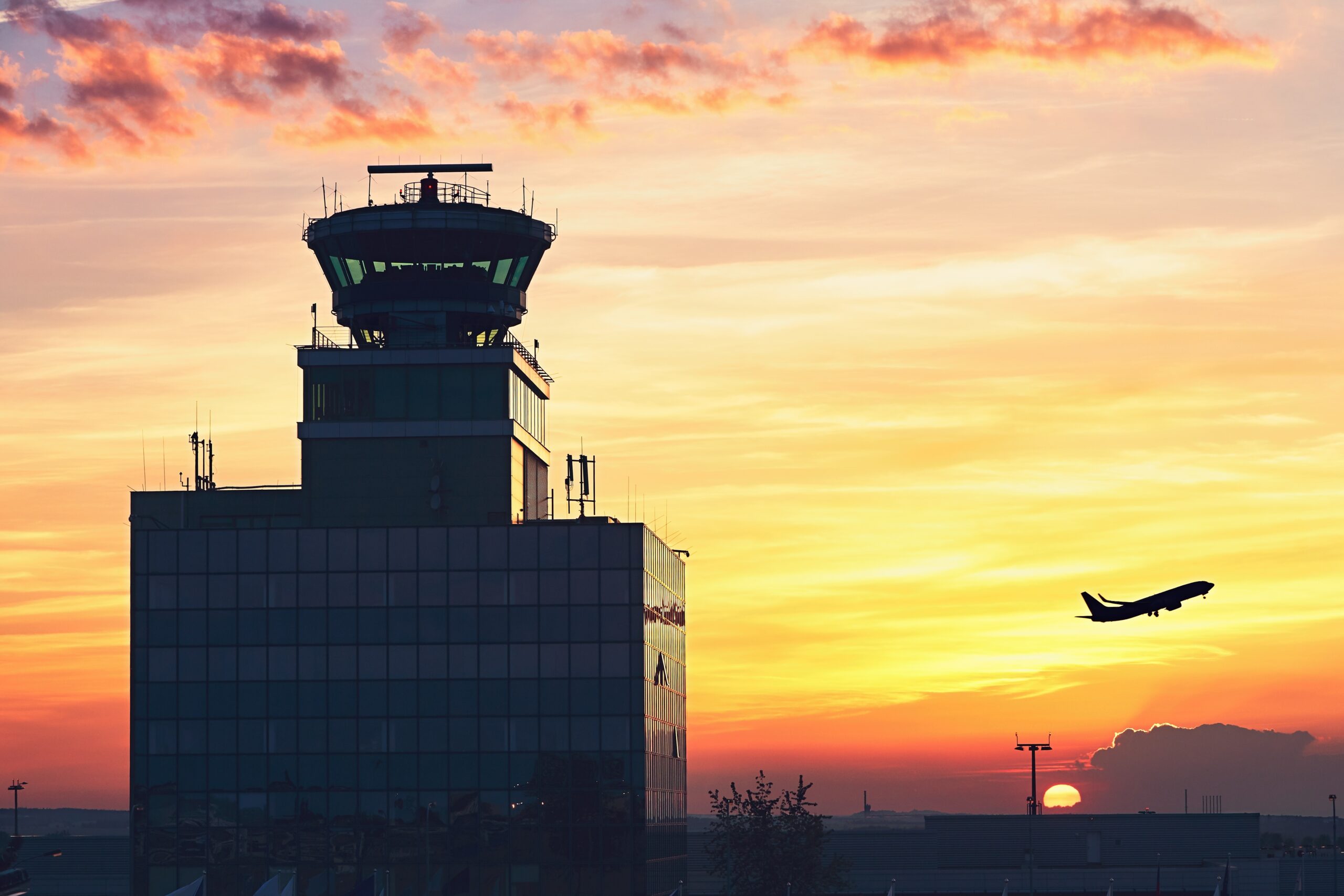Weather intelligence for the future: Crafting a strategic enterprise approach to changing environmental conditions
Continue reading- Real-time weather data helps airlines reduce risks and improve safety during flights.
- Airlines deal with dangers like turbulence, storms, and volcanic ash, which can delay flights and affect safety.
- The Weather Company’s tools use data and real-time alerts to help pilots and dispatchers make better decisions.
- Advanced weather technology lowers costs, improves flight routes, and makes travel smoother for passengers.
- Using detailed weather data helps airlines stay prepared for disruptions and keep operations running smoothly.
The promise of on-time arrival hangs in the balance with every departure. Airlines follow tight schedules, so even small delays can cause bigger problems. A single disruption can push back flights, use up extra resources, and affect passengers. But the skies are full of changing weather that can turn an easy flight into a risky one. Turbulence, sudden wind changes, and surprise storms can make planning difficult and create serious safety concerns.
Airlines must manage these risks to keep passengers and crews safe while staying on schedule. That’s where real-time aviation weather risk management comes into play. By using advanced weather data from The Weather Company, airlines can better predict dangers, change flight paths when needed, and help make travel safer and smoother for everyone on board.
The importance of weather intelligence in aviation
Airlines deal with many weather challenges that can delay flights, affect safety, and increase costs. Risk management in aviation is crucial for addressing issues such as turbulence, icing, thunderstorms, and even volcanic ash clouds. Thunderstorms – especially those common in spring and summer – can rapidly intensify, bringing lightning, hail, and heavy rain that disrupt schedules and pose serious safety risks. Volcanic ash clouds are less frequent but far more dangerous; ash particles can damage aircraft engines and sensors in minutes, sometimes without any visual cues. Together, hazards like these highlight how weather plays a major role in flight safety – contributing to 39% of aviation accidents between 2008 and 2022, according to the National Transportation Safety Board (NTSB).¹
Turbulence is a leading cause of in-flight injuries. It accounts for the majority of injuries in commercial airline accidents, with cabin crew comprising nearly 80% of those injured, according to the NTSB.² Total Turbulence Alerting provides airlines with real-time aviation weather turbulence tracking, enabling them to monitor turbulence intensity along planned flight paths. For a flight from London to New York, pilots who get turbulence updates over the Atlantic can change altitude or reroute to smoother air.
Leveraging real-time data for enhanced safety
Severe weather events, particularly during hurricane season and training thunderstorms in the summer, pose significant threats to flight operations. According to the FAA, weather-related delays account for more than 74% of global flight delays, impacting both schedules and costs.³ The Weather Company’s Tropical Storm Tables with forecasted track, equip flight dispatchers with real-time updates on storm trajectories and intensities, allowing them to adjust flight paths proactively. This level of preparedness helps flights avoid hazardous areas, reducing the likelihood of cancellations, diversions, or, worse, accidents.

Similarly, aviation weather reports on icing conditions are vital for flights over colder regions. Icing can decrease an aircraft’s lift, increase drag, and ultimately compromise safety. Using predictive analytics – including Forecast Icing Potential and HIWC (high ice water content) Forecast – The Weather Company alerts airlines to potential icing zones. For instance, if a flight from Chicago to Denver is expected to encounter icing conditions over the Rockies, crews can be advised to activate de-icing measures or adjust cruising altitudes. This proactive approach helps maintain aerodynamics, improving flight safety and efficiency, even in challenging weather.
Managing volcanic ash and space weather
While less frequent, volcanic ash clouds pose severe risks to aviation safety. Ash particles can damage engines within minutes. Repair costs can reach significant amounts depending on the severity of the incident. Imagine a volcanic eruption near Southeast Asia, releasing ash into the atmosphere. The Weather Company’s volcanic ash tracking tools provide real-time alerts to reroute flights, avoiding volcanic ash flight disruption and protecting aircraft engines.
In addition to terrestrial weather, space weather events, such as solar flares, can disrupt communication systems and GPS signals and expose passengers and crew to solar radiation. While rare, these disruptions can be serious, especially for long-haul flights over remote regions. The Weather Company works with the Space Weather Prediction Center (SWPC), an entity of the National Oceanic and Atmospheric Administration located in Boulder, CO, to provide solar activity forecasts that inform operational planning and issue space weather advisories during impactful events.
Wind shear and sudden wind shifts
Wind shear and unexpected wind shifts, especially during critical phases like takeoffs and landings, can challenge even the most experienced pilots. Airports like Hong Kong International are known for their difficult wind conditions. Airlines receive real-time updates on wind patterns through METARs (current conditions) and TAFs (forecast conditions), which are accessible in MaverickTM Dispatch for streamlined access in dispatcher workflows. This helps pilots adjust their approaches and reduce the risk of hard landings or go-arounds. Not only does this enhance safety, but it also helps airlines avoid costly hard landing inspections that lead to aircraft downtime and reduce unnecessary fuel burn caused by go-arounds.
The strategic value of predictive analytics
Real-time weather data doesn’t only help with immediate dangers – it also makes flights more efficient. By leveraging tools like Pilotbrief® and Maverick Dispatch, airlines optimize flight routes by using accurate weather for flight path planning, take advantage of favorable wind conditions, and reduce fuel consumption. In fact, improving flight planning through advanced weather insights can significantly cut fuel burn and emissions.
Fuel efficiency
For a deeper look at how airlines can realize these savings, explore our guide on improving airline fuel efficiency with advanced weather insights. Weather-related operational disruptions are increasing, with Air Traffic Flow Management (ATFM) delays in Europe rising from an average of 0.13 minutes per flight in 2011 to 0.54 minutes in 2023, totaling 90,000 hours of delays.4
Maintenance planning
Predictive analytics also aids in maintenance planning. By minimizing exposure to turbulence and extreme weather, airlines can reduce unplanned maintenance costs. Weather delays as a proportion of total flight delays have increased from around 11% in 2012 to nearly 30% in 2023.5 In fact, the number of reports of large hail and heavy rain captured in the European Severe Weather Database rose by 18% in 2023 compared to 2022, highlighting the growing impact of extreme weather on aviation.6 These disruptions have significant cost implications for airlines, travelers, and the environment.
Predictive measures are a vital part of keeping operations efficient and protecting profits. In addition to weather analytics, The Weather Company also supports airlines through advanced airport arrival and departure capacity modeling and surface insights that accounts for weather-driven constraints. These models help predict how storms or wind shifts will impact runway configurations, arrival rates, and departure flows for better planning and fewer last-minute delays.
Improving passenger experience through weather intelligence

Beyond safety and efficiency, effective aviation weather risk management can significantly enhance the passenger experience. For instance, by using real-time weather insights to reroute flights away from areas of turbulence, airlines can offer smoother and more comfortable journeys.
Moreover, anticipating weather-related disruptions allows airlines to communicate proactively with passengers and enables them to adjust their plans – whether by leaving home later or spending more time enjoying their trip – instead of waiting at the gate in frustration. Whether adjusting schedules to avoid storms or managing delays due to low visibility at busy airports, leveraging weather data helps airlines build trust with their customers by demonstrating a commitment to safety and reliability.
Navigating the future of aviation with The Weather Company
Accurate, real-time weather data is essential in aviation, where even small disruptions can be costly. GRAF (Global High-Resolution Atmospheric Forecasting) delivers weather predictions six times faster and at three times the resolution of leading models. Within Maverick Dispatch, airlines gain access to advanced GRAF layers that offer deeper insights into rapidly evolving conditions, supporting faster and more informed operational decisions. Total Turbulence Alerting also provides expert insights to help pilots navigate rough conditions.
Predictive weather analytics from the world’s most accurate forecaster,7 can help airlines plan better routes, lower costs, and keep flights safe. Aviation solutions from The Weather Company help aviation leaders handle everyday challenges and rare extreme weather events to stay resilient in a competitive industry.
Let's talk
To learn more about our advanced aviation weather solutions, contact our aviation experts today.
Contact us¹National Transportation Safety Board (NTSB), NTSB Weather Related Accidents, 2024. Available at: NTSB
²National Transportation Safety Board (NTSB), Preventing Turbulence-Related Injuries in Air Carrier Operations Conducted Under Title 14 Code of Federal Regulations Part 121, 2021. Available at: NTSB
³Federal Aviation Administration (FAA), FAQ Weather Delay, 2024. Available at: FAA
4 5 6 International Air Transport Association (IATA), Weather-related operational disruptions are rising. Available at: IATA
7 ForecastWatch, Global and Regional Weather Forecast Accuracy Overview, 2021-2024, commissioned by The Weather Company







